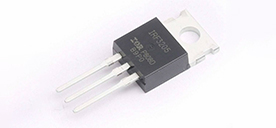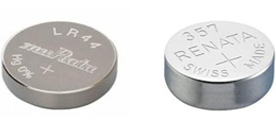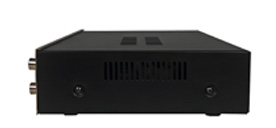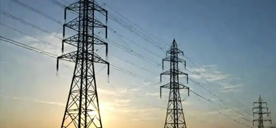Improving Bidirectional DC/DC Converter Performance
2024/9/5 10:06:48
Views:
In power electronics technology, bidirectional DC/DC converters play an important role, enabling bidirectional energy transfer between DC systems of different voltage levels. They are not only widely used in electric vehicles, hybrid vehicles, solar inverters, and wind power generation systems, but also play an indispensable role in energy storage systems and smart grids. This article will explore in detail the key factors to consider in the design of bidirectional DC/DC converters, such as component selection, thermal management, control strategies, and system structure.
1. System Structure and Control Strategy
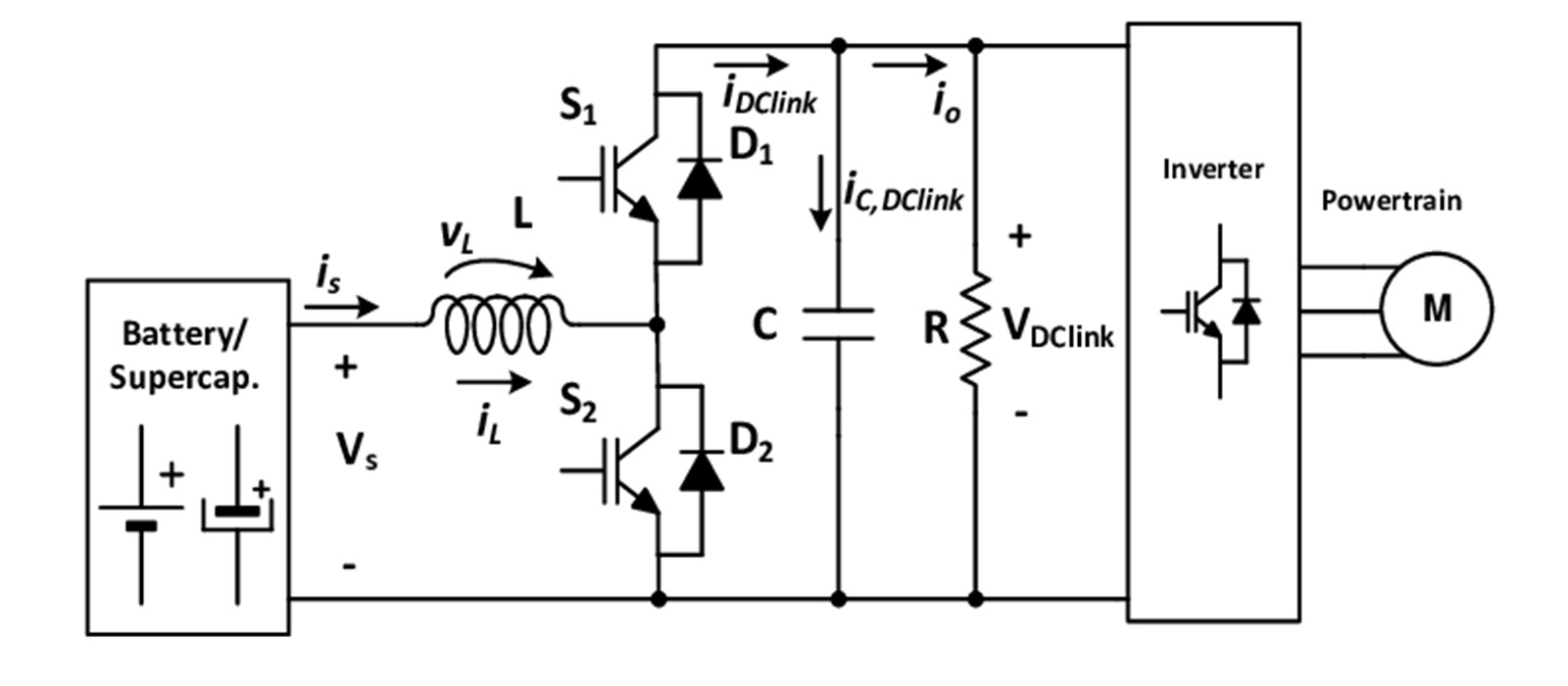
The system structure of a bidirectional DC/DC converter usually includes components such as controllers, power electronic switches, filter capacitors, and inductors. The controller regulates the duty cycle of the switches to achieve voltage conversion and energy transfer. Common control strategies include voltage control mode and current control mode, which are respectively suitable for situations requiring high output voltage precision or fast response. Power electronic switches, such as MOSFETs or IGBTs, achieve voltage transformation through high-frequency operation, while filter capacitors and inductors are used to smooth voltage and current waveforms, reducing fluctuations and noise.
2. Component Selection and Optimization
Selecting the right power semiconductors and capacitors is key to improving converter efficiency and stability. The low on-resistance of MOSFETs helps reduce switching losses, thereby improving overall efficiency. The inductance value, current rating, and saturation current of the inductor directly affect output ripple and transient response. Capacitors play a critical role in smoothing voltage and current, and their capacitance value, voltage rating, equivalent series resistance, and temperature stability need to be carefully considered. Proper capacitor selection helps improve system stability and reliability.
3. Protection and Handling Mechanisms
Effective fault handling mechanisms are essential for protecting the converter and its load. Overcurrent protection automatically cuts off the power supply or reduces output power when the current exceeds the limit, through a current detection circuit. Overvoltage protection prevents system damage by detecting the output voltage and preventing it from becoming too high. Overtemperature protection uses temperature sensors to automatically reduce output power or cut off the power supply when the device temperature is too high, preventing device damage.
4. Thermal Management and Optimization
Thermal management is a crucial aspect of DC/DC converter design, determining system reliability and durability. Using heat sinks, thermal interface materials (TIMs), and forced air cooling can effectively lower device temperature and improve cooling efficiency. Heat sinks should have good thermal conductivity and be designed with proper thermal paths. TIMs, such as thermal grease or pads, need to have high thermal conductivity and stability to enhance thermal conduction efficiency between components and heat sinks. For high-power applications, forced air cooling increases airflow through fans or blowers, further improving cooling performance.
5. PCB Layout and Design
The layout and design of the printed circuit board (PCB) are critical to ensuring the performance, efficiency, and reliability of the DC/DC converter. A reasonable PCB layout can minimize noise, electromagnetic interference (EMI), and parasitic effects, while optimizing heat dissipation and signal integrity. The ground plane should be as continuous as possible and placed on layers close to the power components to reduce noise and electromagnetic loops. Key components such as power semiconductors and capacitors should be placed close to each other to minimize parasitic effects and voltage drops.
6. Conclusion
The design of a bidirectional DC/DC converter requires comprehensive consideration of component selection, thermal management, control strategies, system structure, and PCB layout. Through reasonable design and optimization, efficient and reliable bidirectional energy transfer can be achieved, meeting the needs of various applications. With continuous technological advancements and the expansion of application fields, bidirectional DC/DC converters will play an increasingly important role in smart grids, electric vehicles, and other fields.
Related Information
-
-
Phone
+86 135 3401 3447 -
Whatsapp

